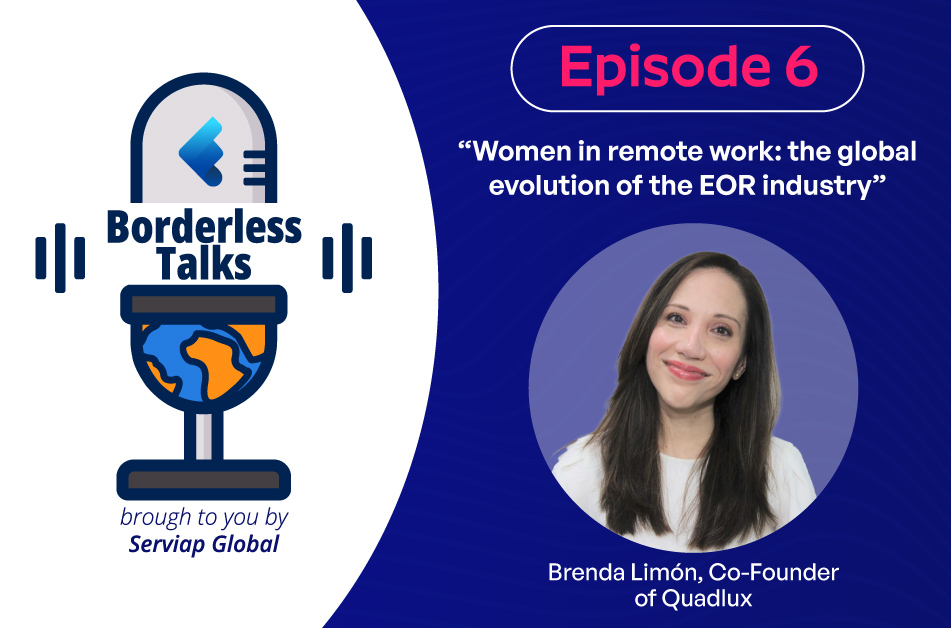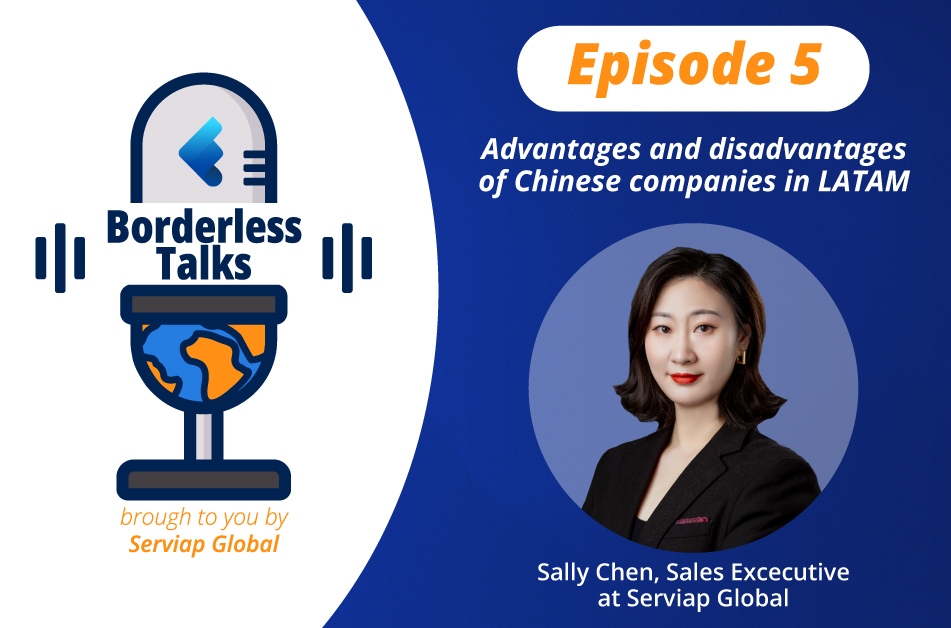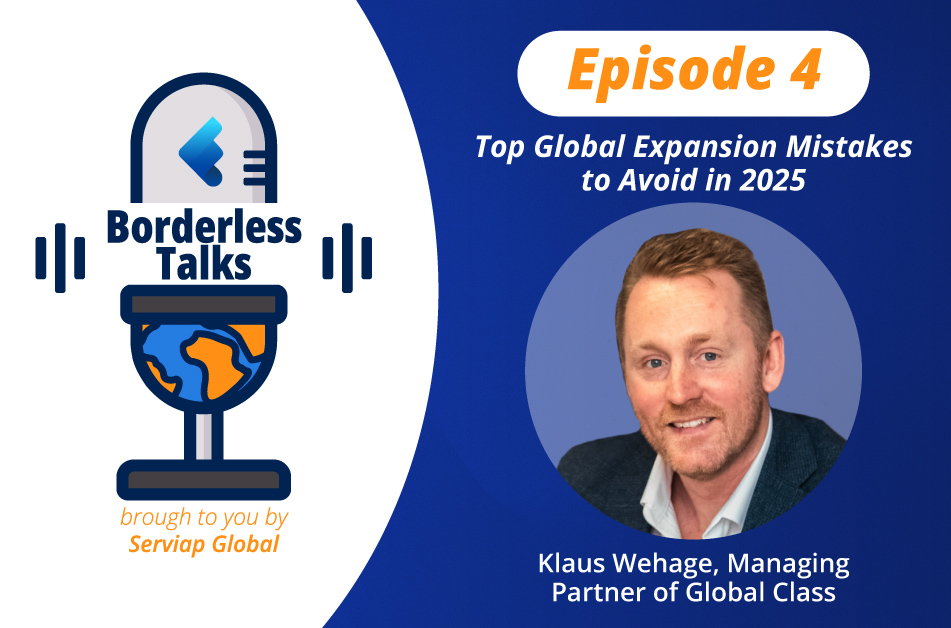Table of Contents
US businesses focused on outsourcing business operations have recently given significant attention to South American territories. A popular location for US outsourced operations is The Republic of Ecuador. Ecuador is a desirable location for US-based businesses, as the US dollar was adopted as the national currency of Ecuador in 2000.
Ecuador is most known for its petroleum exports. If you’re looking to expand into the Ecuadorian market, here is everything you need to know about the taxes within the country.
SERVIAP can help with your global expansion needs. Contact us today to learn how you can expand your business with PEO in Ecuador.
Ecuador Personal Taxes
Here’s everything you need to know about personal taxes in Ecuador:
Who is Taxed?
All occupants of Ecuador are subject to tax. Taxes are applied to any income derived from activities performed in Ecuador, regardless of where the income is received. If the income generated was for work done in Ecuador, you must pay taxes for that income to Ecuador.
What is the Tax Rate?
The tax rate varies and is determined by individual income. In Ecuador, there are two types of taxable income; everyone pays a fixed amount of tax based on income, then a variable tax rate is applied to the excess. The variable rate ranges between 0% and 35% based on income.
Note that taxes are only taken at the national level; there are no local taxes in Ecuador.
National vs. International Income
Any income that is derived outside of Ecuador is tax-exempt only if income tax has been paid to the country in which the earner generated the income. If the country is considered to be a ‘low-tax jurisdiction’ country, Ecuador requires taxes to be paid on the income.
Capital Gains, Exemptions & Other Considerations for Ecuador
Individuals may deduct personal expenses up to 50% of their total income. The following exemptions are eligible for individual deductions:
- Housing
- Health care costs
- Education
- Meals
- Clothing
The maximum deduction for everything but healthcare costs is $3,677 USD. Healthcare deductions max out at roughly $15,000 USD.
Ecuador Corporate Taxes
Here’s everything you need to know about corporate taxes in Ecuador:
Who is Taxed?
Resident companies in Ecuador are required to pay taxes on worldwide income. Non-resident companies are only required to pay taxes on income generated within Ecuador.
What is the Tax Rate?
The corporate tax rate in Ecuador depends on the type of income generated, and from there, the rate is variable depending on the amount. If profits are distributed from local corporations and branches, the tax rate is between 22% and 28%. If profits are reinvested within local corporations and branches, the rate is between 12% and 18%.
Companies owned by residents or non-residents not located with a tax haven jurisdiction are subject to a 22% to 28% tax rate.
What is Taxable Income?
Corporations’ taxable income is defined as the sum of capital gains, interest income, royalty income, and foreign income made in tax haven jurisdictions. Inventory valuation is not enumerated in the law.
Tax Incentives & Deductions
Companies employing handicapped employees are entitled to a tax deduction of up to 100% of wages paid. Employers are obligated to hire a certain number of handicapped employees; the deduction applies to any handicapped employees employed over the minimum required amount.
A similar deduction applies to new employees hired with companies for at least six months.
Ecuador VAT Taxes
Value-added taxes, better known as VAT taxes, are a common form of consumption tax. The value-added portion is the difference between a business’ sales and its cost of purchasing services or goods from another business. Here’s what you need to know about VAT taxes in Ecuador:
Who is Taxed?
Any individual or corporation exchanging specific goods and services within Ecuador are subject to the VAT. The VAT is applied to any goods or services that are either imported or rendered within the country.
What is the Tax Rate?
The VAT tax rate is either 0% or 12%, depending on the goods or services rendered. All goods and services that get the 0% tax rate are listed in the Ecuadorian VAT law.
Is Ecuador Right for Your Business?
SERVIAP is a leading Professional Employer Organization (PEO) ready to help your business expand operations throughout the Western Hemisphere. PEO is a model of co-employment, where we assume total responsibility for your talent, allowing you to focus on the strategic activities of your organization. Contact us today to learn more about how you can expand your business in Ecuador.






























